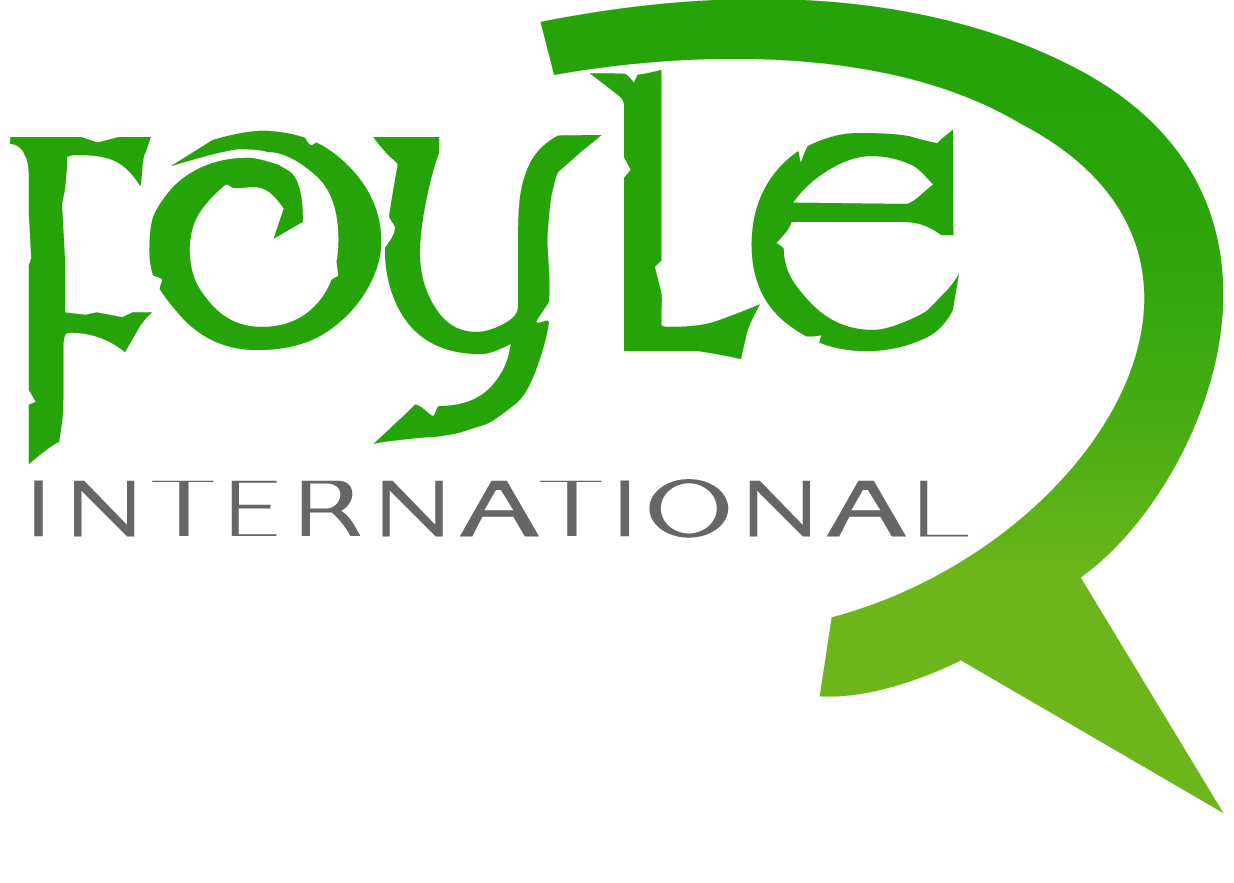6 Facts about St Patrick’s Day you should know!
Saint Patrick’s Day is celebrated each year on the 17th of March. It has been celebrated by the Irish for over 1,000 years!
The 17th of March is an official public holiday across the island of Ireland. There are usually Saint Patrick’s Day parades across the country.
Ireland’s national holiday is famous all over the world – becoming a commercial celebration in many countries.
Do you ever wonder why people wear green and that you see shamrocks everywhere? Let’s look as the meaning behind them..
1. Who was Saint Patrick? Why is he celebrated on 17th March?
Saint Patrick is the primary patron saint of Ireland. He is regarded as the founder of Christianity in Ireland.
He came to Ireland as a slave. During his six years in captivity, he became very devoted to Christianity. He viewed his enslavement as a test of his faith in God.
After six years, he finally escaped and returned to Britian to be reunited with his family.
He had a vision of the Irish people calling him back to Ireland. He trained as a bishop and returned to Ireland to teach the people about Christianity.
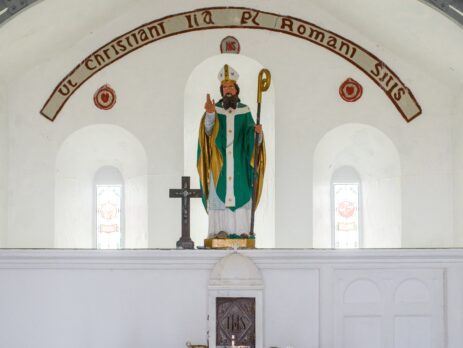
Saint Patrick’s holy day is the day of his death – 17th March 461 AD.
2. Saint Patrick wasn’t Irish!
Saint Patrick was born in 385 AD in Roman Britian – the exact location isn’t known for sure.
When he was 16 years old, he was kidnapped by Irish raiders, who took him away and sold him as a slave. He spent several years in Ireland as a shepard – herding sheep and learning about the Irish people. Finally he was able to escape back to England, where he made his way to a monastery.
He returned to Ireland around 432 AD to convert the Irish to Christianity.
3. St. Patrick used the Shamrock to represent the Holy Trinity
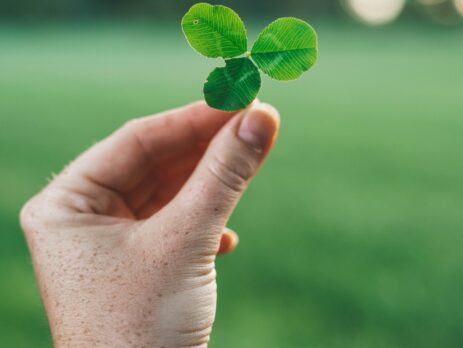
When Patrick returned to Ireland, he used the three leaves on the shamrock to represent the Holy Trinity: the Father, the Son and the Holy Spirit.
The shamrock is a popular Irish symbol and is generally connected with faith, hope, love and luck.
On Saint Patrick’s Day it is tradition to wear a bunch of shamrocks on your clothes for celebrations.
4. St. Patrick wore blue! Why do we wear green?
Saint Patrick actually wore blue, not green. So how has Saint Patrick’s day become assosciated with green?
First of all, Ireland has been nicknamed ‘The Emerald Isle’. The Irish flag also has the colour green in it. shamrocks, used by Saint Patrick, are also green.
Finally, you can’t talk about Saint Patricks day without mentioning leprechauns. In Irish folklore, leprechauns were known the be mischevious fairies who always wore green. They were known to pinch anyone who wasn’t wearing their favourite colour.. a good enough reason to wear green!
As folklore goes, if you catch a leprechaun, he must grant you 3 wishes!

5. St. Patrick banished all of the snakes in Ireland
Legend says that St. Patrick stood on an Irish hilltop with his staff and herded all of the snakes into the sea. He expelled them from Ireland forever, and there hasn’t been a snake seen in Ireland since! (Well, except for household pets and during visits to the zoo..)
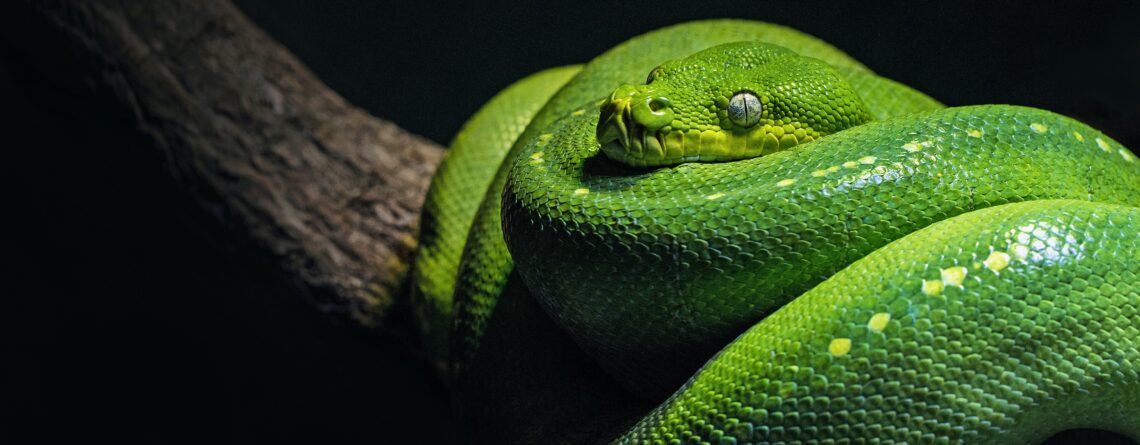
6. St. Patrick’s Day was a ‘dry’ holiday in Ireland
Aside from the colour green, the activity most associated with St. Patrick’s Day is drinking. Paradoxically, Irish law, from 1903 to 1970, declared St. Patrick’s Day a strictly religious observance for the entire country, meaning that all pubs were closed for the day…so no beer at all! In 1970, the day was converted to a national holiday, and the taps resumed flowing.
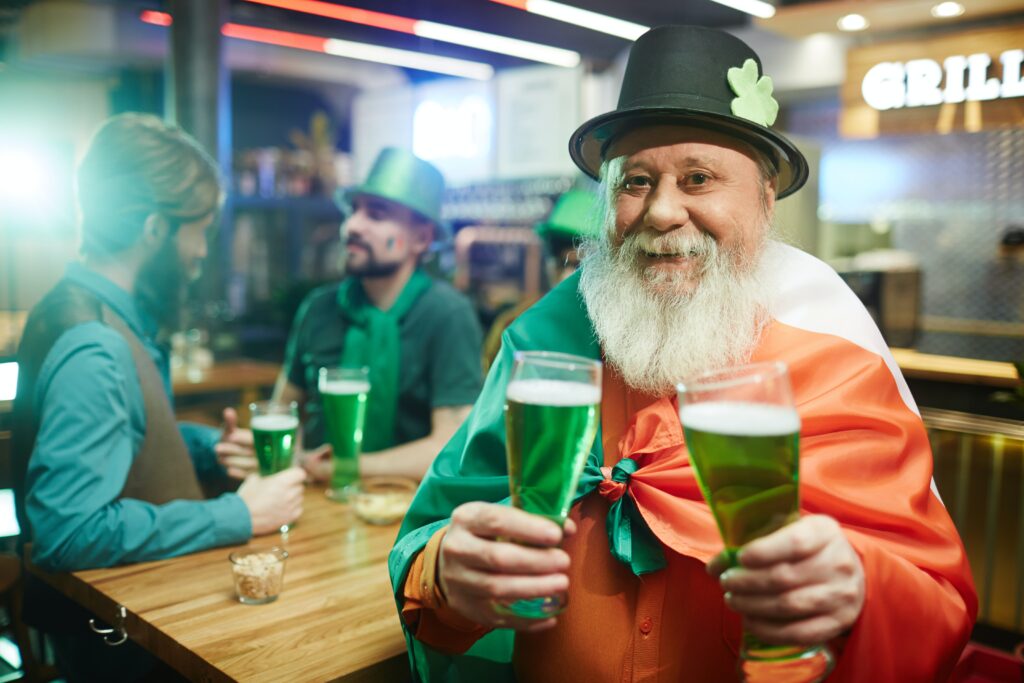
Featured Photo credit – Tourism Ireland






